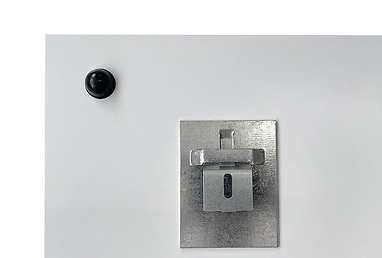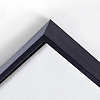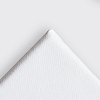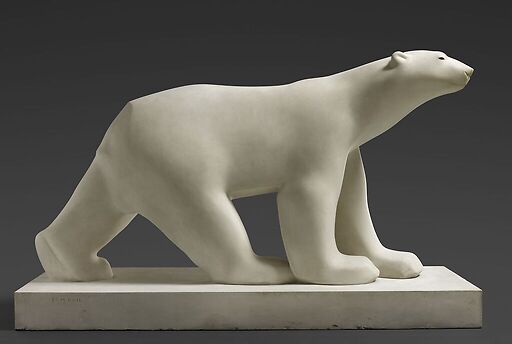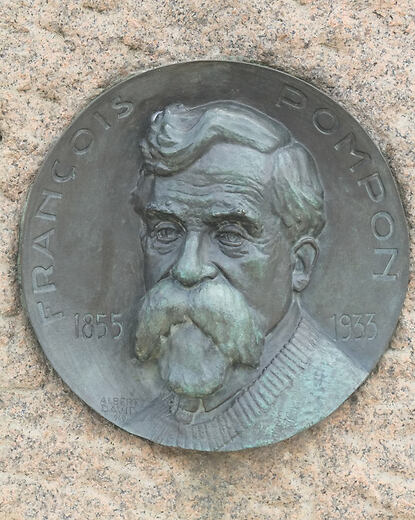White bear (acrylic panels)
Choose color
Choose an atmosphere
{{ new Intl.NumberFormat('en').format(dimensions.legend.w) }} {{ dimensions.legend.unit }}
{{ new Intl.NumberFormat('en').format(dimensions.legend.h) }} {{ dimensions.legend.unit }}
Print type
Acrylic PanelsAcrylic Panels
The reproduction is printed on FineArt Satin Paper and then encapsulated between a 3mm Dibond backing and a 2mm acrylic layer. This product offers a greater sense of depth and volume due to 'encapsulation'. FineArt Giclée digital printing is commonly used for the reproduction of works of art. It offers a very high durability thanks to the use of materials and inks based on natural pigments highly resistant to light and museum conservation.
Eco-responsible and recyclable
Product ready to hang, supplied with a wall hanging system Enhancement of colors, contrast and details of the work
Optimal print quality and glossy finishes
Easy to clean


